While Half-Life 2 doesn't fit into the traditional definition of Isekai (a genre of Japanese storytelling where a character is transported to another world or dimension), there are some thematic overlaps worth mentioning. In an Isekai, the protagonist is often thrust into a completely unfamiliar world, forced to adapt, and play a significant role in its events. How does that make Half-Life 2 an Isekai story? Easy.
The main character, Gordon Freeman, wakes up in a whole other world that isn't his and the oppressive Combine regime transforms it into a dystopian landscape that could feel like a new world to him. This shift echoes the way Isekai protagonists are dropped into realms with new rules and challenges. Gordon, like many Isekai protagonists, takes on the role of a savior, leading the resistance against an overwhelming enemy. His journey is guided and shaped by forces beyond his control, much like the protagonists of many Isekai stories. Not even mentioning that Gordon is effectively removed from the timeline at the end of Half-Life 1 and reintroduced into a world drastically changed by the Combine. The G-Man's manipulation feels akin to the divine or magical forces often seen in Isekai narratives. Gordon's silence and actions make him an everyman—a classic part of storytelling embodying the "ordinary person rising to extraordinary challenges." While Isekai often involves literal transportation to another dimension, Half-Life 2 achieves the same effect by presenting an Earth transformed by the Combine into a dystopian hellscape. This duality—familiar but fundamentally altered—echoes anxieties about foreign invasion (that sounded wrong, I apologize) or cultural loss. The Combine represents a faceless, globalized authoritarian regime, a direct contrast to the rugged individualism celebrated in culture. The Combine mirrors oppressive forces from American history, whether they represent British colonialism, Soviet totalitarianism, or fears of a dystopian future under unchecked globalism. Gordon’s resistance aligns with American revolutionary ideals, casting him as a freedom fighter in a colonized world. In Isekai, heroes often gain special abilities or magical items to aid them. In Half-Life 2, Gordon’s "magic" comes in the form of cutting-edge technology, most notably the Gravity Gun. The Combine’s use of transhuman soldiers and surveillance echoes fears of dehumanization through technology, a recurring theme in science fiction. Resistance movements are central to Half-Life 2, and they draw heavily on American revolutionary ideals. The player becomes a symbol of hope and defiance, much like the "chosen hero" in Isekai tales. The game’s narrative emphasizes the moral obligation to fight against oppression, a distinctly American narrative thread rooted in history and pop culture. From the oppressive City 17 to the wilds of Ravenholm and beyond, the settings reflect a descent into the heart of authoritarian control, paralleling the hero’s journey in Isekai while embodying American concerns about freedom and agency. Isekai is often escapist, offering a chance for wish fulfillment and reinvention. In Half-Life 2, this escapism takes on a grim tone, reflecting the American penchant for darker, dystopian storytelling. While many Isekai protagonists find joy or belonging in their new world, Gordon’s journey is one of burden and sacrifice, aligning with Western heroic narratives.
So... Half-Life 2 redefines Isekai by situating it within an American cultural and historical context, transforming what is traditionally a fantastical, escapist genre into a powerful narrative of resistance and survival. It's an Isekai.
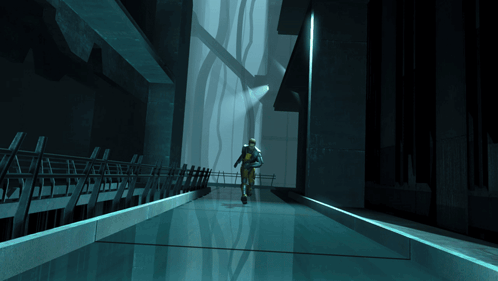
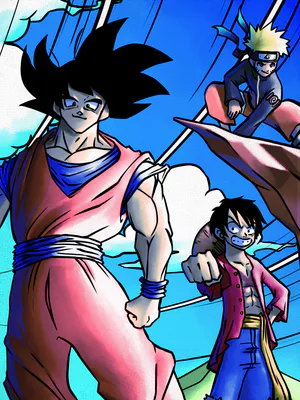
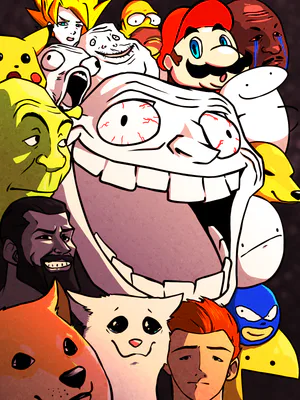
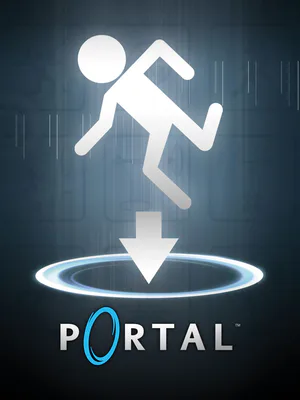
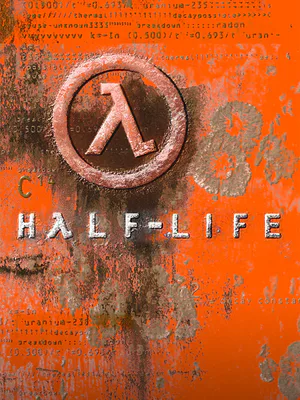
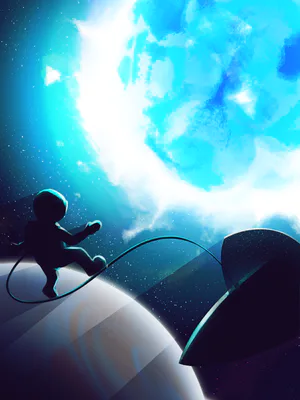

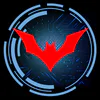
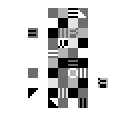
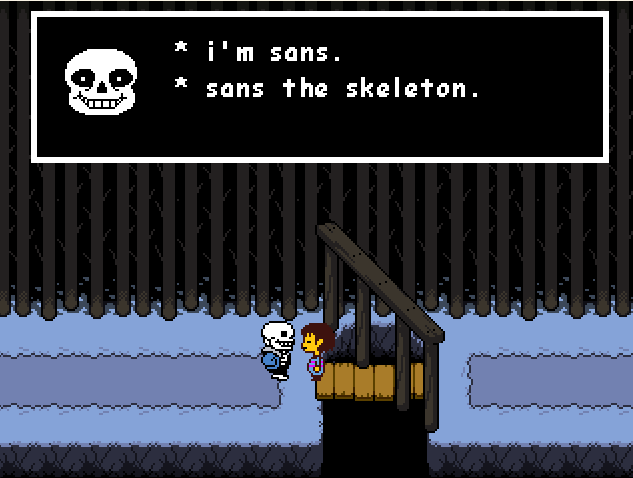

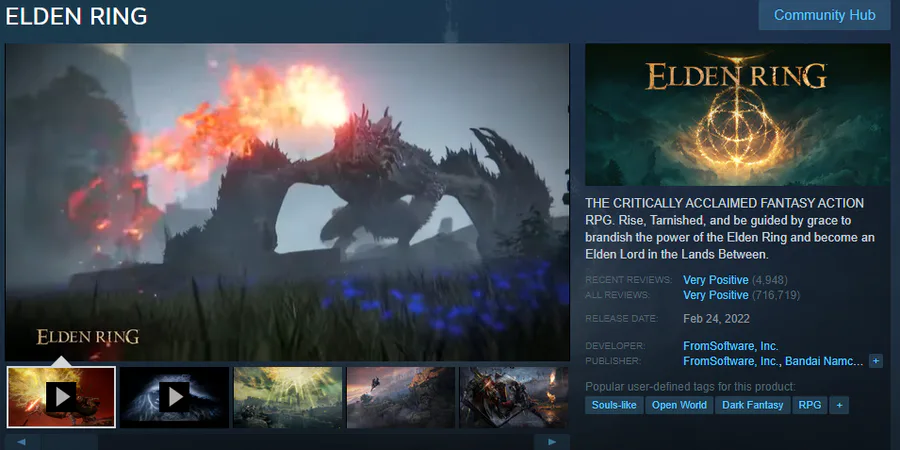
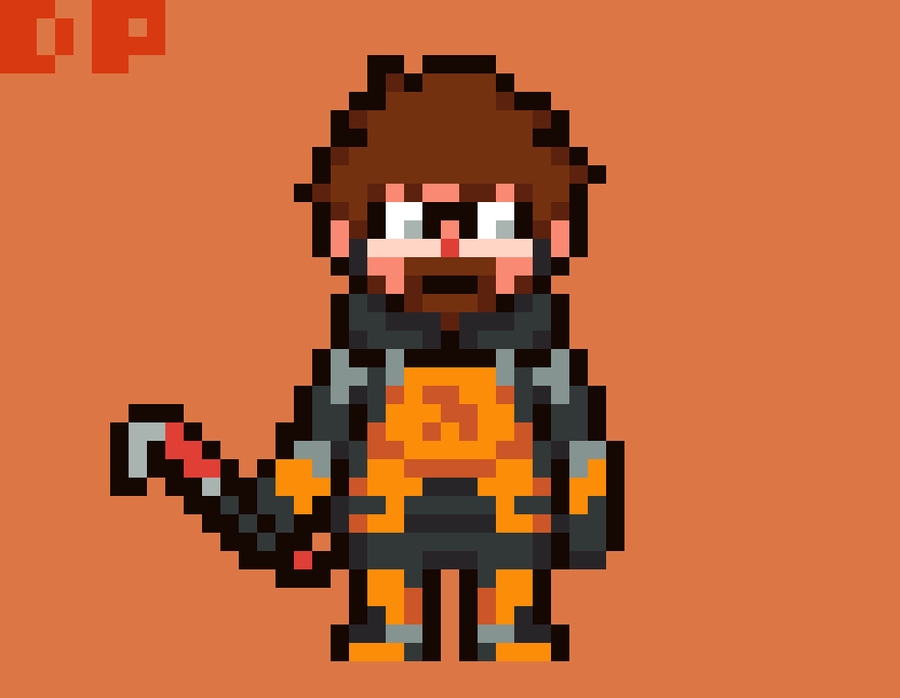
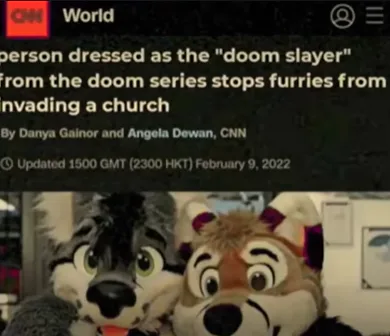
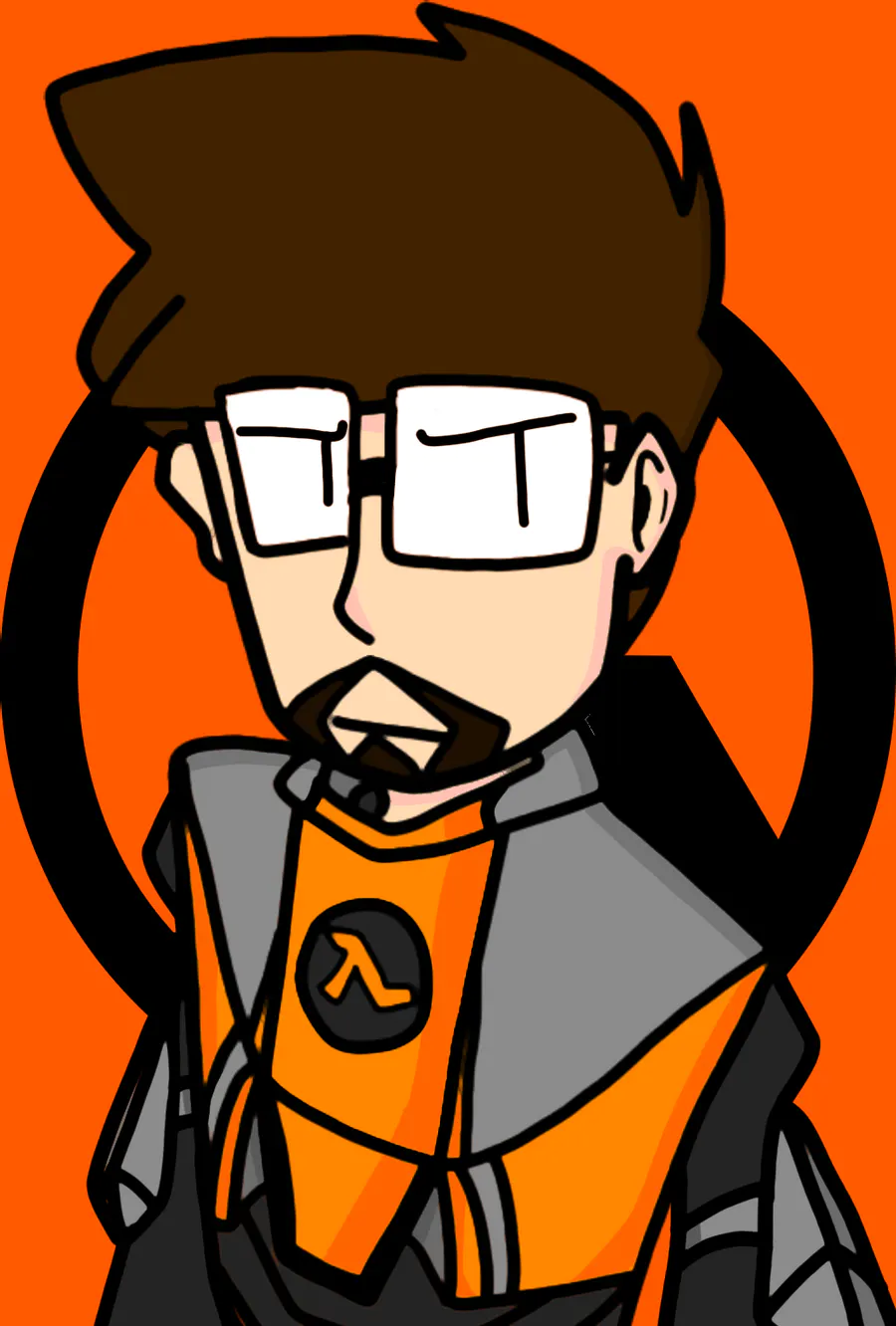
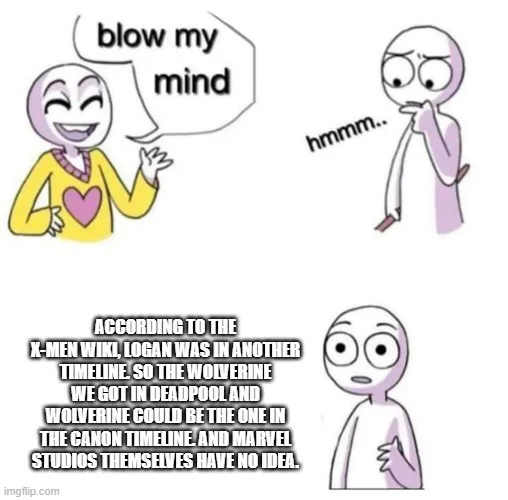
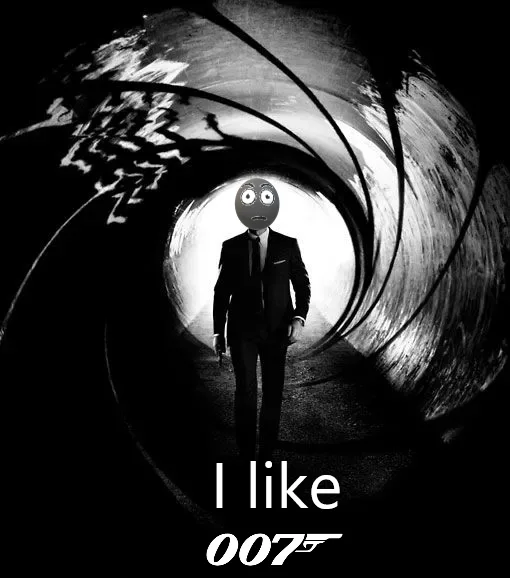
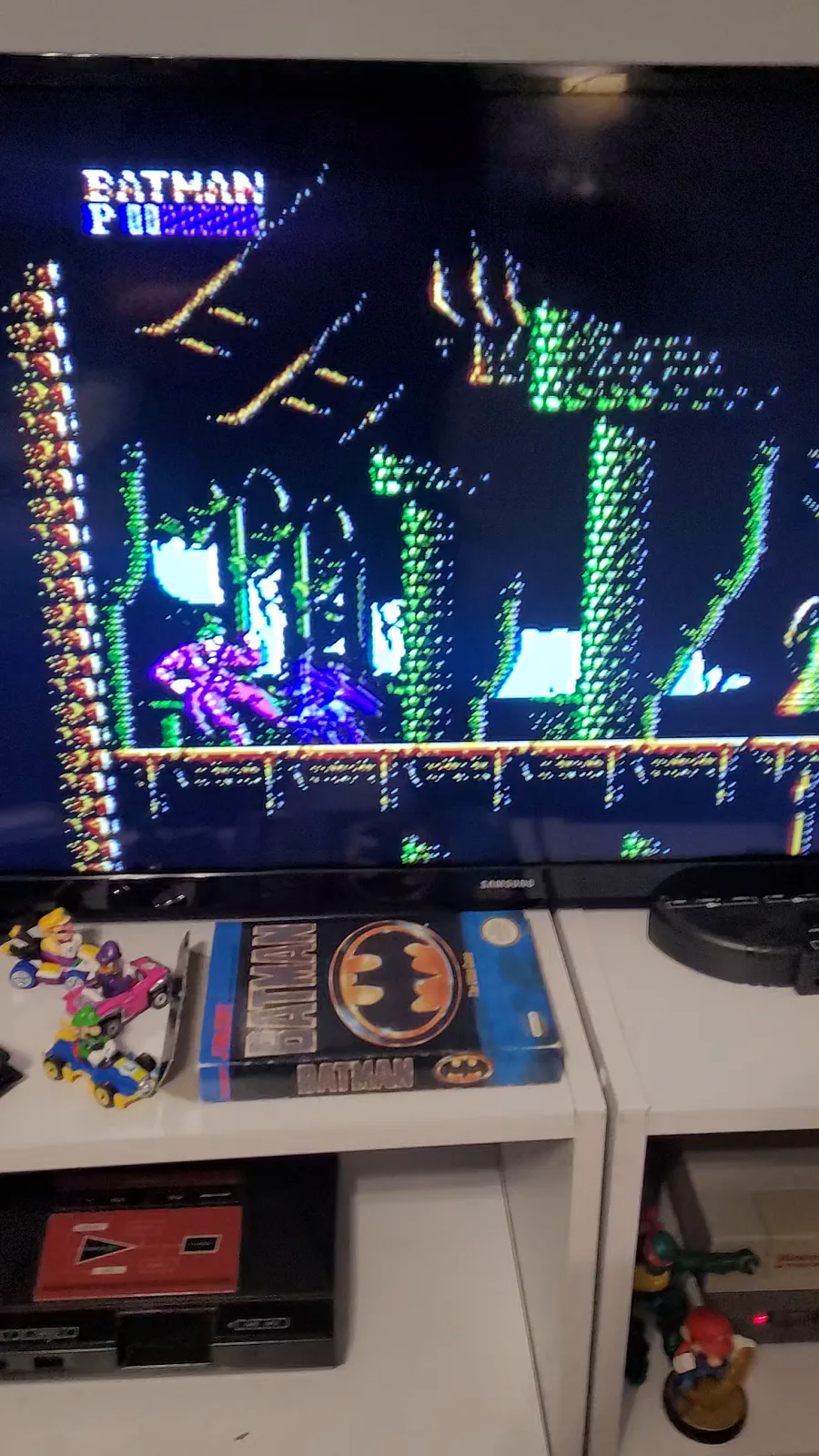
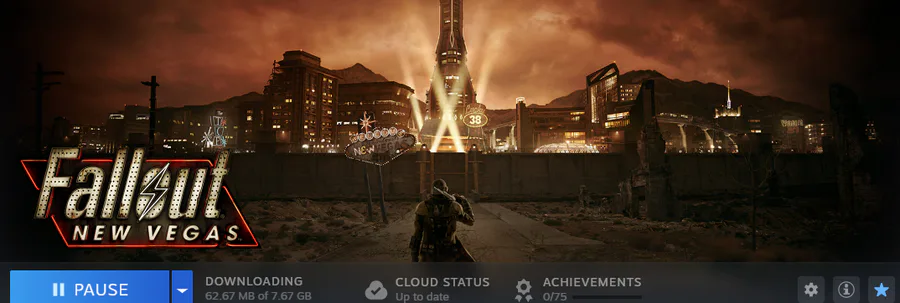
2 comments